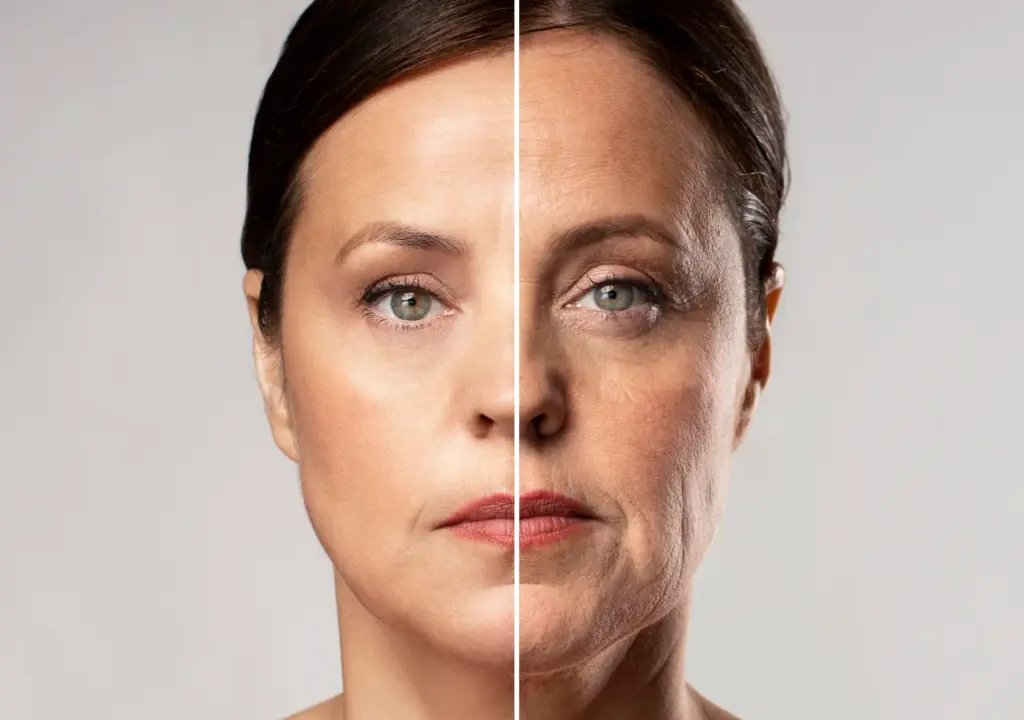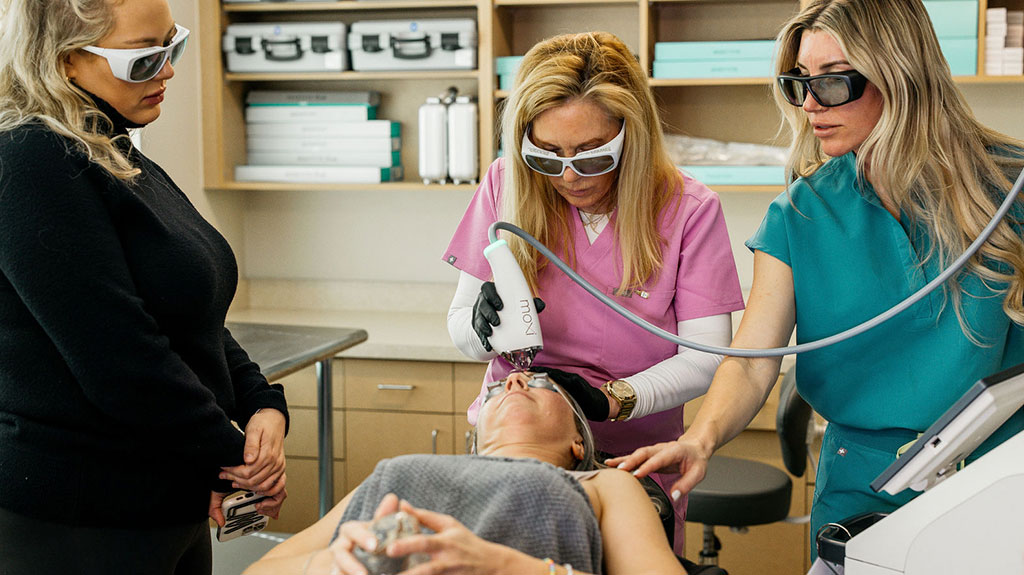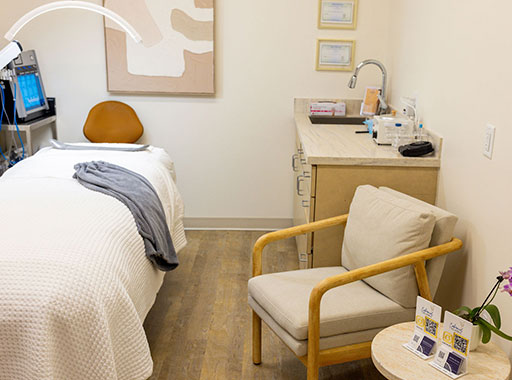A facelift is a way for some to restore a more youthful appearance and boost confidence. For others, it’s a step toward rejuvenating facial contours affected by aging, stress, or environmental factors.
- 6215 Humphreys Blvd, Suite 201
- Memphis, TN 38120







